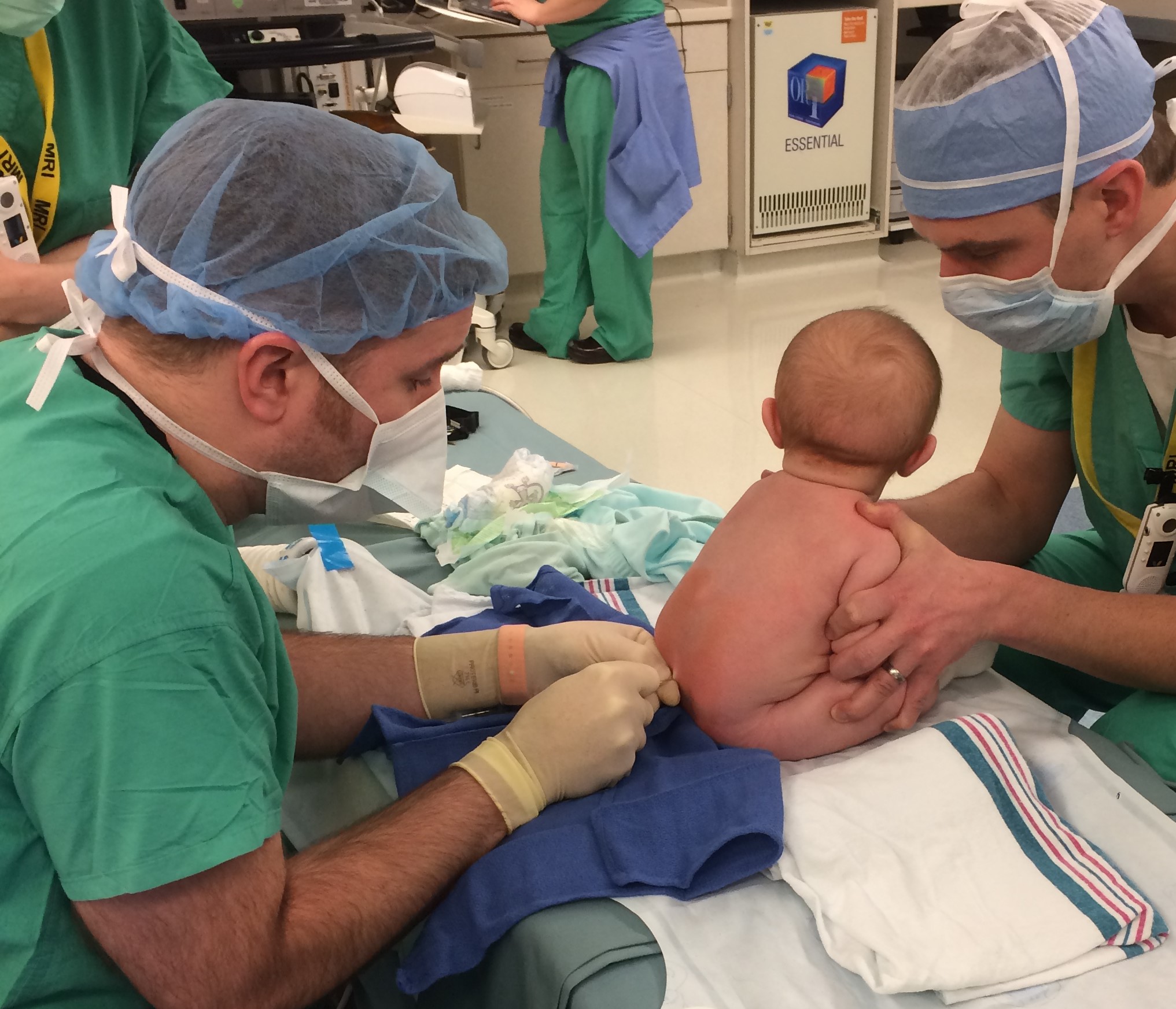Extended experience with a spinal anesthesia program for common pediatric urological procedures
Venkata R. Jayanthi, MD, Daniel DaJusta, MD, Christina Ching, MD, Molly Fuchs, MD, Daryl McLeod, MD, Seth Alpert, MD, David Martin, MD, Ashley Smith, MD, Tarun Bhalla, MD, Emmett Whittaker, MD.
Nationwide Children's Hospital, Columbus, OH, USA.
Extended experience with a spinal anesthesia program for common pediatric urological procedures.
Background: Concerns regarding potential neurocognitive effects of general anesthesia (GA) prompted our institution to offer spinal anesthesia (SA) program as an alternative to GA. Since our initial report, the program has grown to include several surgical specialties and we now wish to present our extended experience with this program for a variety of common pediatric urological procedures.
Methods. We prospectively collected data on all children undergoing SA at our institution since the inception of the program in September 2015. We recorded demographics, procedures, time required for placement of the SA, length of surgery, success of lumbar puncture (access to the intrathecal space), success of attaining adequate surgical anesthesia, need for supplemental systemic sedation, conversion to GA, and perioperative complications. We then queried the database for all children who underwent surgery by a pediatric urologist.
The technique of the SA involves initial application of topical 4% lidocaine cream to the lumbar region a minimum of 30 minutes prior to the lower back. A 25 or 22 gauge spinal needle was used for subdural puncture after which bupivaicaine 0.5% 1 mg/kg of 0.5% bupivacaine was injected. After ensuring surgical anesthesia, the procedure was performed as per routine. Subsequent sedation through a peripheral intravenous catheter was administered only if required for patient comfort and/or optimization of surgical conditions. No airway was placed.
Results: Since September 2015, 526 patients at our institution have undergone a procedure under attempted SA. 410 of them were performed by a pediatric urologist and make up this study population. 373/410 (90%) were able to have the procedure successfully completed under SA while 37 (10%) required conversion to GA. Reasons for conversion included an inability to place the spinal in 15, poor sensory/motor block in 17 and suboptimal surgical conditions in 5. Mean age at surgery was 7.8 months (1 day0 – 38 months). Average anesthesia start time to procedure start was 17.7 minutes. Mean length of procedure was 37.8 minutes (10 – 100). Intraoperatively 75% received no supplemental sedation or medications. Cases successfully performed included circ/revision/concealed penis in 233, hypospadias in 38, hernia/orchidopexy in 76, cystoscopic procedures (diagnostic, valve ablation, ureterocele puncture, stent removal) in 19, and miscellaneous (vesicostomy/urachal cyst/ureterostomy) in 7. There were no airway manipulations and no intraoperative anesthetic or surgical complications.
Conclusions: Success rates of SA have increased from our prior report (84% vs 90%). SA allows for the majority of common urologic procedures to be performed without airway manipulation, GA or systemic sedation. 
Back to 2018 Program




